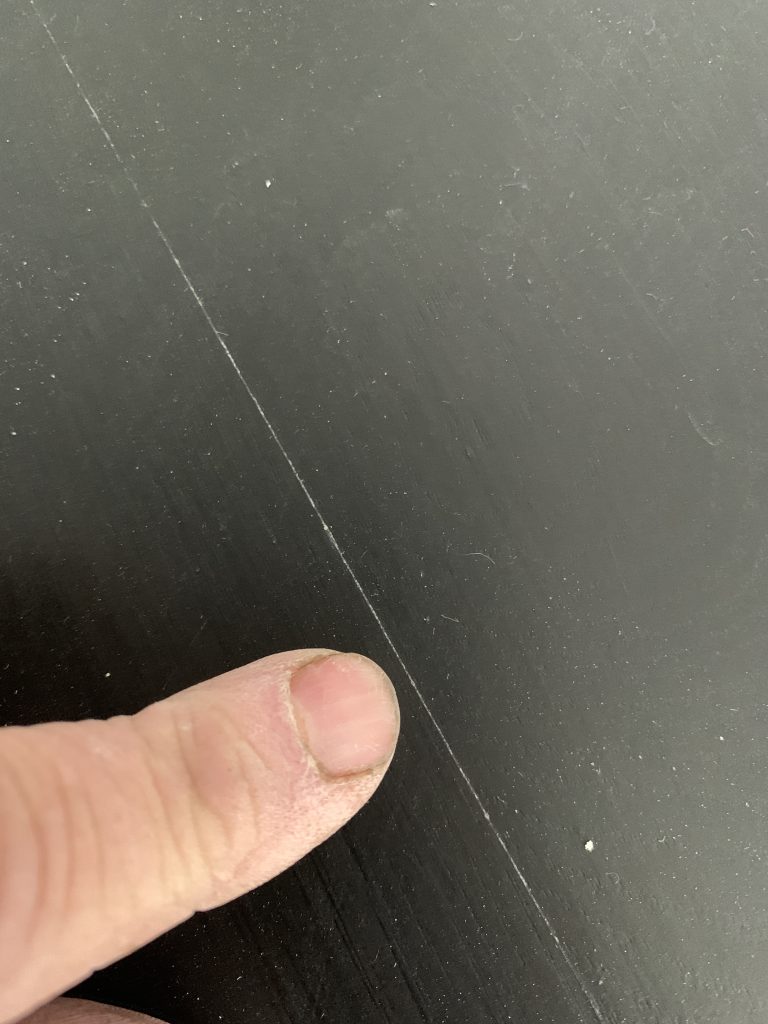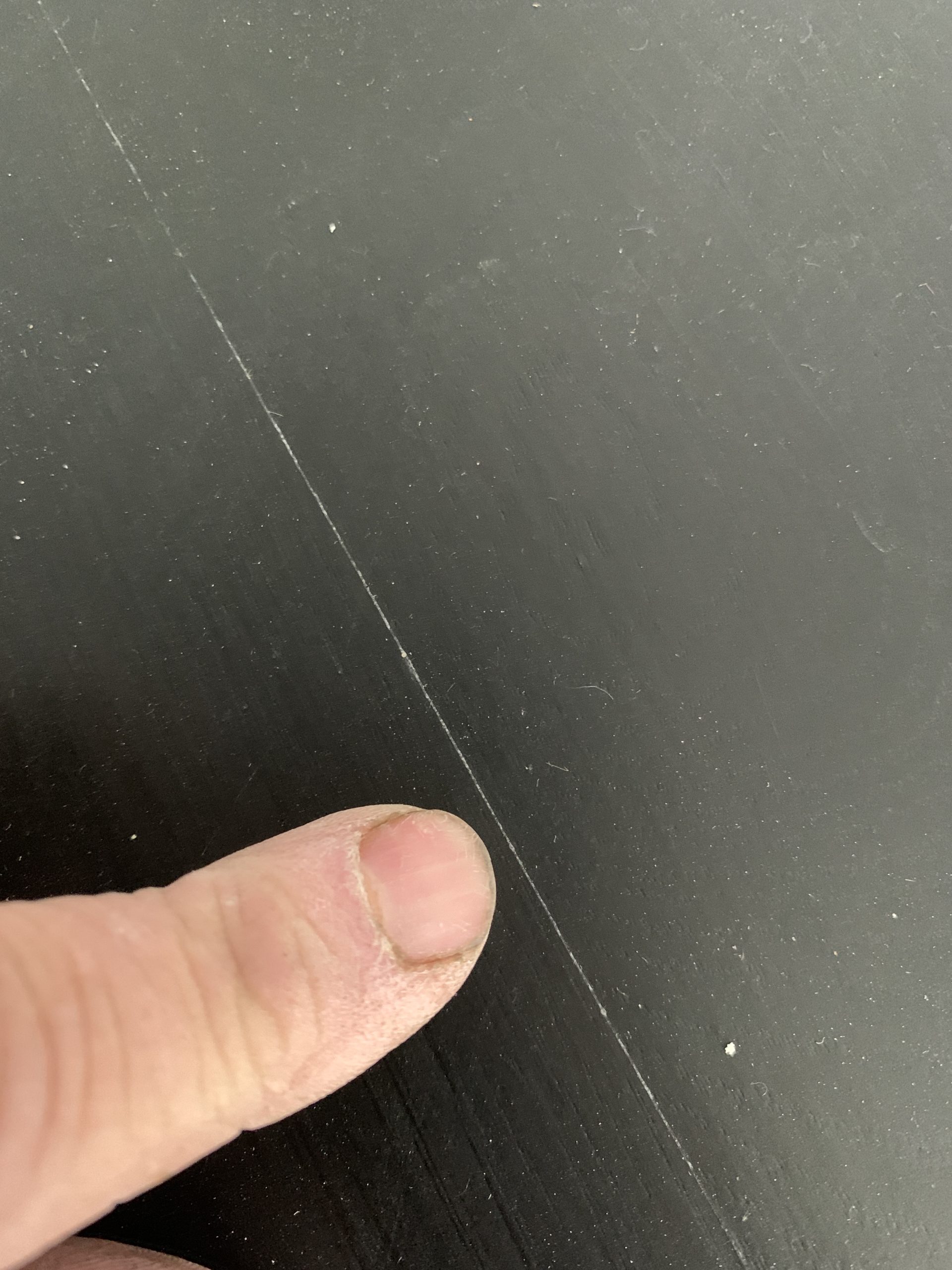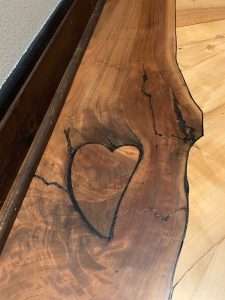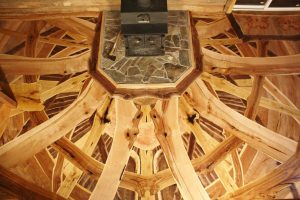A Real-Life Curveball
White line syndrome. A new hardwood floor challenge.
Every project has its challenges, and the South Hill job was no exception. The installation was going smoothly until I noticed something I hadn’t run into before on a project of this scale: White Line Syndrome. It wasn’t what I expected to see, and it forced me to slow down, troubleshoot, and rethink parts of my process. That’s the nature of working with wood—every floor teaches you something new.

What Is White Line Syndrome?
White Line Syndrome, or WLS, shows up when the finish stretches or cracks and leaves faint white lines along the seams between boards. It doesn’t happen often, but when it does, it takes away from the seamless, rich look homeowners expect. In this case, it was most visible against the dark black stain we were using, which made it stand out even more.
How It Showed Up on the South Hill Job
I first spotted the white lines while checking the finish near the staircase and the living room. At first, I thought it was minor, but it spread across the entire floor as the finish cured while under the ramboard (dense cardboard that protects the floor from trades that come after) was put down. It wasn’t spots, it was everywhere.
I figured the lines had to be either the stain in the cracks or the moisture the water base adds during coating. That’s when I reached out to a manufacturer’s rep. His advice was simple: let the stain dry longer before adding the next coats, and give more time between each finish layer. It was a reminder that sometimes patience is the best tool I have.
So, I adjusted my usual process. I usually give oil-based stains 24 hours to dry (with fans running) for water-based finishes. The next time I stained, I set fans for three days. I also changed my coating schedule from hot coating (putting two coats on in one day) to waiting two days after the first coat, then applying the second coat, and then waiting two more days before the final coat. Even with these changes, the lines showed up again, but not as badly.
At this point, I reached out to some pretty experienced flooring guys. I got a lot of different advice, from never combining true black with water-based finishes to just waiting a year, and the white lines will mostly disappear. I didn’t find a solution to the situation, so I tried staining the white lines with the true black stain. This seemed to work well in making the white line disappear. I have only done small sections with success, and I realize this will need to be done to the whole floor after it has gone through all the seasons.

What I Learned From It
This project reinforced some important lessons:
- Patience matters. Allowing more dry time—sometimes several days—makes a difference, especially with darker stains.
- Technique matters. Hot-coating (adding finish layers back-to-back) isn’t always the right move. Slowing down prevents issues later.
- Problem-solving never ends. Hardwood flooring is as much about adapting as it is about installing. Even after years of experience, I still find myself learning.
Why Why Line Syndrome Matters to Homeowners
For homeowners, issues like White Line Syndrome aren’t signs of poor quality; they’re part of the natural process of working with wood and finishes. What matters is how the installer responds. I believe in taking the time to do it right, even if it means re-sanding, staining, and finishing again. Challenges like this ultimately make the floor better and ensure that my clients end up with something I’m proud to leave behind.
Final Thoughts
The South Hill project threw me a challenge, but it also gave me a chance to grow. White Line Syndrome pushed me to adjust, learn, and refine my craft. That’s part of what keeps me passionate about this work. Every project, even the tough ones, is an opportunity to get better. And that constant learning is why I still love doing this every day.

I recently wrote about engineered hardwood floors. Learn more about them here.
Over the years, my hardwood floors have won awards. You can view the latest one here.





